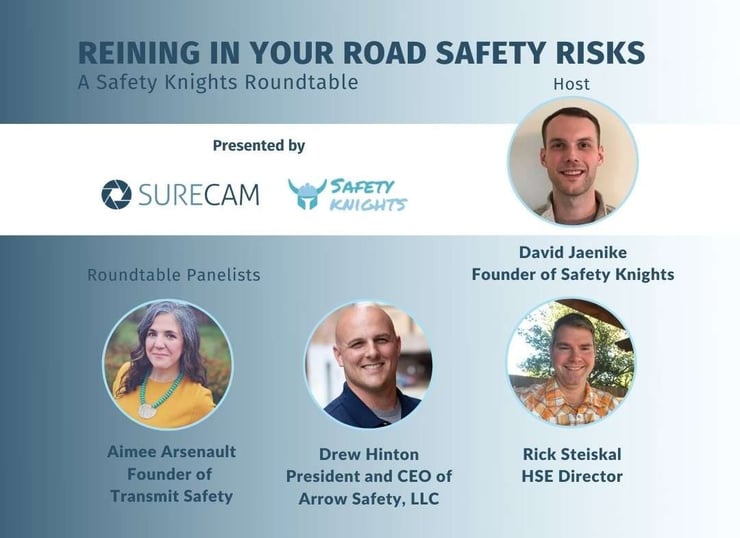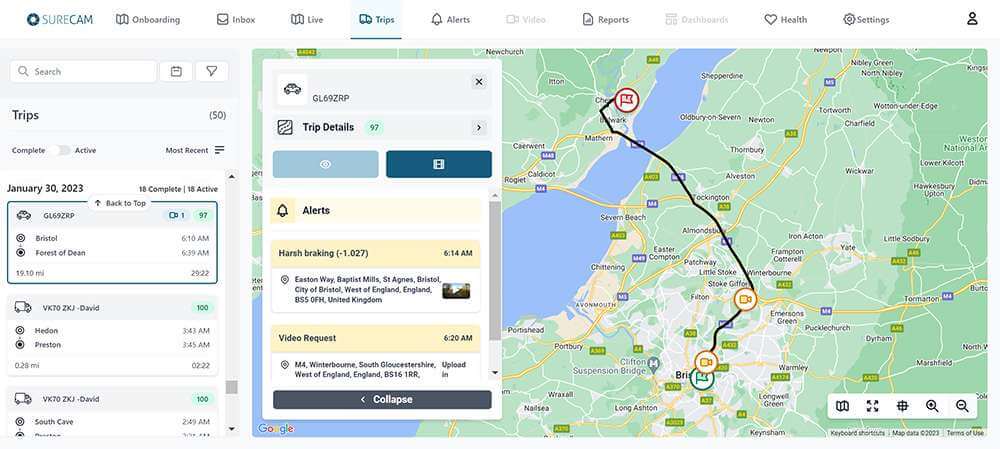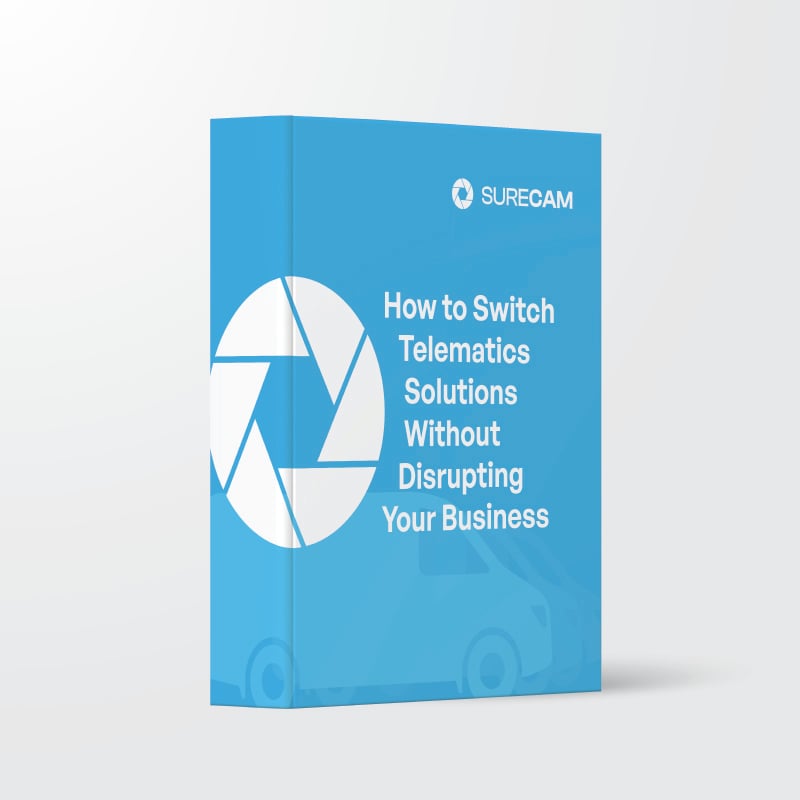Reining in Your Road Safety Risks [Free Webinar]

 With motor vehicle accidents costing businesses 80% more than the average workers compensation lost-time claim, what are you doing to protect your workers from injuries while out on the road?
With motor vehicle accidents costing businesses 80% more than the average workers compensation lost-time claim, what are you doing to protect your workers from injuries while out on the road?
This Safety Knights Roundtable featured:
Summary of Key Takeaways (Download the Key Takeaways PDF)
Why workers compensation lost time claims involving motor vehicle accidents are trending in the wrong direction while all other categories of lost time claims are improving?
Lack of focus: Road safety is not a focus for many non-DOT regulated businesses. If a business does have an active safety program, it tends to focus on other aspects of operations within the business.
Should all companies have a focus on road safety?
Companies with employees behind the wheel of personal and/or company vehicles for the purpose of company business(, including driving to, from, and between jobsites) should have a road safety program.
- If injuries occur while an employee is driving or business purposes, it is a recordable incident and often covered by workers compensation.
Where should companies without safety programs start if they want to introduce a focus on road safety to their employees?
Total company alignment: Rather than starting with very programs and policy decisions to improve road safety, the best place to start is achieving alignment within the company at an operational level. Road safety practices and subsequent bad habits are primarily influenced by the operational decisions that are being made within the business.
- Review the decisions people make that directly impact road safety and identify areas where safer decisions can be made, i.e., do you ask employees to overlook safety to get a pickup or delivery made faster? Do you call employees or send them emails or text them when you know they are driving?
Once you are aligned on making safer operational decisions, you can start targeting areas for improvement that impact road safety performance. Specific road safety program components include:
- Driver fatigue management
- Journey safety management
- New driver training
How do you make road safety training engaging and memorable for employees?
The more job specific the better: Make sure that training is specific to the job the employee is doing so that they understand safety from the context of their job.
Hands on training and demonstration: Give employees the opportunity to show a knowledgeable observer that they know how to safety perform the tasks/job they are given.
Ride-along with employees: Although you can’t spend all of your time riding with employees as they are driving, making it a priority to spend one-on-one time with new drivers to explain expectations and teach defensive and cautious driving can go a long way and be more effective than reviewing a prepared presentation.
What type of policies should businesses consider for decreasing employee distractions while driving?
Businesses should consider the full range of distracted driving and develop a safety point of view on whether the following should be included in a distraction reduction policy:
- Handling of devices: Zero tolerance vs. handsfree device allowance
- Eating while driving
- Calling or trying through other means to communicate with employees while driving
- GPS handling
- Adjusting music or other controls
Set expectations for what is and is not acceptable. Ensure that every individual from frontline worker to CEO is upholding the policy and expectations.
How do you get management buy-in for implementing a road safety program within your business?
Link improvements in safety to achieving operational goals: It is easier to get management buy-in when safety aligns with overall business goals.
Download Key Takeaways PDF Document
This gathering of safety professionals was sponsored by SureCam. Visit SafetyKnights.com to join an active community of safety professionals.

Book a demo today!
SureCam offers GPS vehicle tracking, live video, and real-time alerts for efficient fleet management. Get a Demo


